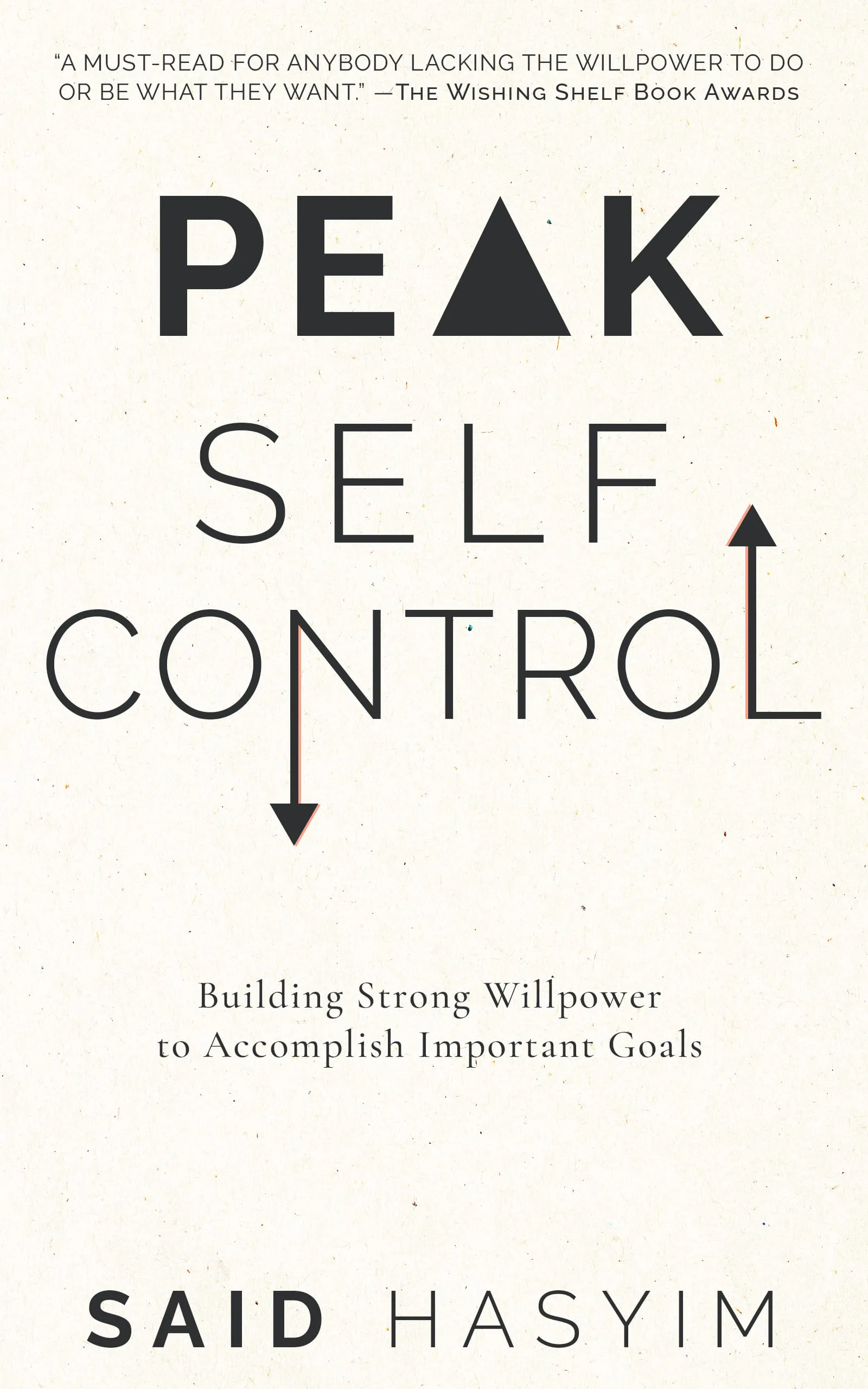How to Create a Reward System for Achieving Goals
Setting goals is one of the most effective methods to drive personal growth, enhance productivity, and build meaningful life experiences. However, the journey toward achieving these goals can often feel overwhelming or discouraging. One powerful way to stay motivated and focused on your objectives is to implement a reward system. In this blog post, we’ll explore how to create an effective reward system tailored to your personal or professional goals.
Understanding the Importance of a Reward System
A reward system serves as a motivational framework that encourages you to pursue your goals systematically. Here are some key benefits of establishing a reward system:
Increased Motivation: Recognizing your accomplishments, no matter how small, can keep the enthusiasm alive as you work towards larger goals.
Enhanced Focus: A well-structured reward system keeps your goals in sight and reminds you of what you are working towards.
Positive Reinforcement: Rewards serve as positive reinforcement, encouraging behaviors and actions that lead to successful outcomes.
Sense of Accomplishment: Celebrating your achievements fosters a sense of accomplishment, making the journey feel more gratifying.
Encouragement of Consistency: Regular rewards can cultivate habits that contribute to your long-term success.
Steps to Create Your Reward System
Creating an effective reward system involves a few simple yet strategic steps:
1. Define Your Goals
Before setting up your reward system, clearly define your goals. Consider the following:
- Specific: Make sure your goals are clear and unambiguous. Instead of “get fit,” try “exercise three times a week for 30 minutes each session.”
- Measurable: Establish criteria to measure your progress. For example, “save $500 over the next three months.”
- Achievable: Your goals should be realistic and attainable based on your current situation and resources.
- Relevant: Ensure your goals align with your values and long-term aspirations.
- Time-bound: Set a deadline for achieving your goals to create a sense of urgency.
2. Break Down Your Goals
Large goals can sometimes feel daunting, leading to procrastination or burnout. Break your goals into smaller, manageable milestones. For instance:
- Goal: Write a book.
- Milestone 1: Complete an outline.
- Milestone 2: Write the first chapter.
- Milestone 3: Finish the first draft.
3. Choose Appropriate Rewards
Rewards should be meaningful and proportional to the effort involved in achieving each milestone. Here’s how to choose rewards wisely:
- Intrinsic vs. Extrinsic: Consider both types of rewards. Intrinsic rewards (like personal satisfaction) can be as powerful as extrinsic rewards (like treats or outings).
- Value Alignment: Choose rewards that resonate with you personally. If you love reading, perhaps a new book after completing a significant milestone can be motivating.
- Scalability: Create a tiered reward system where small milestones lead to smaller rewards and major achievements result in larger rewards.
4. Set a Reward Schedule
Establish a firm schedule for when you will reward yourself. You can choose to reward yourself immediately after achieving each milestone or set a larger reward at the completion of your main goal. Here are some examples:
- Immediate Rewards: A special treat after completing a challenging task like a workout or a chapter of writing.
- Milestone Rewards: A night out for dinner after reaching your halfway point in a personal project.
- Final Rewards: A weekend getaway trip after fulfilling your larger life goals like finishing a semester of studies or completing a lengthy project at work.
5. Document Your Progress
Tracking your progress as you work towards your goals will not only make it easier to determine when to reward yourself but also help maintain motivation. Here are some methods for documenting your progress:
- Journaling: Write about your journey, habits, and achievements. Reflection can be a powerful motivator.
- Charts or Graphs: Visual representations of your progress can provide an instant boost when you see how far you've come.
- Checklists: Creating a checkbox list of tasks or milestones can be immensely satisfying as you cross off each completed item.
6. Celebrate Achievements
After reaching your goals, take the time to genuinely celebrate. The act of celebration solidifies the achievement in your mind and creates positive associations with the effort you put in.
- Party: Host a small gathering with close friends and family.
- Personal Reward: Treat yourself to something special that you have wanted for a long time.
- Share Your Success: Sharing your achievements on social media or with a supportive community can enhance the sense of accomplishment.
7. Adjust as Necessary
Be flexible with your reward system. If you find certain rewards are not motivating or milestones are too easy/hard, adjust them. The key is to keep refining the system until it works effectively for you.
Conclusion
Creating a reward system for achieving your goals is an essential practice that can provide the motivation, structure, and joy needed for personal development. By implementing a reward framework tailored to your aspirations, you not only enhance your productivity but also cultivate a fulfilling journey toward your dreams. Start today by defining your goals, breaking them down, choosing rewards, and celebrating your progress — you’re bound to find the process more enjoyable and inspiring! Happy goal-setting!
Start Mastering Self-Discipline Today
Discover Peak Self-Control, a practical book to mastering self-discipline. Break free from distractions, build healthier habits, and improve your relationships. Gain effective strategies to enhance your willpower and make meaningful life changes, even amidst a busy schedule. Small adjustments can lead to significant improvements in your daily routine.
